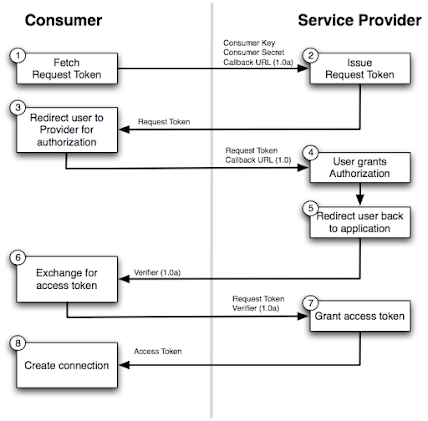Java Architecture is a collection of components, i.e., JVM, JRE, and JDK. It integrates the process of interpretation and compilation. It defines all the processes involved in creating a Java program. Java Architecture explains each and every step of how a program is compiled and executed.
Java Architecture can be explained by using the following steps:
- There is a process of compilation and interpretation in Java.
- Java compiler converts the Java code into byte code.
- After that, the JVM converts the byte code into machine code.
- The machine code is then executed by the machine.
Components of Java Architecture
The Java architecture includes the three main components:
- Java Virtual Machine (JVM)
- Java Runtime Environment (JRE)
- Java Development Kit (JDK)
Java Runtime Environment
It provides an environment in which Java programs are executed. JRE takes our Java code, integrates it with the required libraries, and then starts the JVM to execute it. To learn more about the Java Runtime Environment, click here.
Java Development Kit
It is a software development environment used in the development of Java applications and applets. Java Development Kit holds JRE, a compiler, an interpreter or loader, and several development tools in it.
Java Virtual Machine
JVM's main task is to convert byte code into machine code.
JVM, first of all, loads the code into memory and verifies it. JVM(Java Virtual Machine) acts as a run-time engine to run Java applications. JVM is the one that actually calls the main method present in a java code. JVM is a part of JRE(Java Runtime Environment).
Java applications are called WORA (Write Once Run Anywhere). This means a programmer can develop Java code on one system and can expect it to run on any other Java-enabled system without any adjustment. This is all possible because of JVM.
When we compile a .java file, .class files(contains byte-code) with the same class names present in .java file are generated by the Java compiler. This .class file goes into various steps when we run it. These steps together describe the whole JVM.
ClassLoader: ClassLoader is a subsystem used to load class files. ClassLoader first loads the Java code whenever we run it.
Class Method Area: In the memory, there is an area where the class data is stored during the code's execution. Class method area holds the information of static variables, static methods, static blocks, and instance methods.
Heap: The heap area is a part of the JVM memory and is created when the JVM starts up. Its size cannot be static because it increase or decrease during the application runs.
Stack: It is also referred to as thread stack. It is created for a single execution thread. The thread uses this area to store the elements like the partial result, local variable, data used for calling method and returns etc.
Native Stack: It contains the information of all the native methods used in our application.
Execution Engine: It is the central part of the JVM. Its main task is to execute the byte code and execute the Java classes. The execution engine has three main components used for executing Java classes.
- Interpreter: It converts the byte code into native code and executes. It sequentially executes the code. The interpreter interprets continuously and even the same method multiple times. This reduces the performance of the system, and to solve this, the JIT compiler is introduced.
- JIT Compiler: JIT compiler is introduced to remove the drawback of the interpreter. It increases the speed of execution and improves performance.
- Garbage Collector: The garbage collector is used to manage the memory, and it is a program written in Java. It works in two phases, i.e., Mark and Sweep. Mark is an area where the garbage collector identifies the used and unused chunks of memory. The Sweep removes the identified object from the Mark





